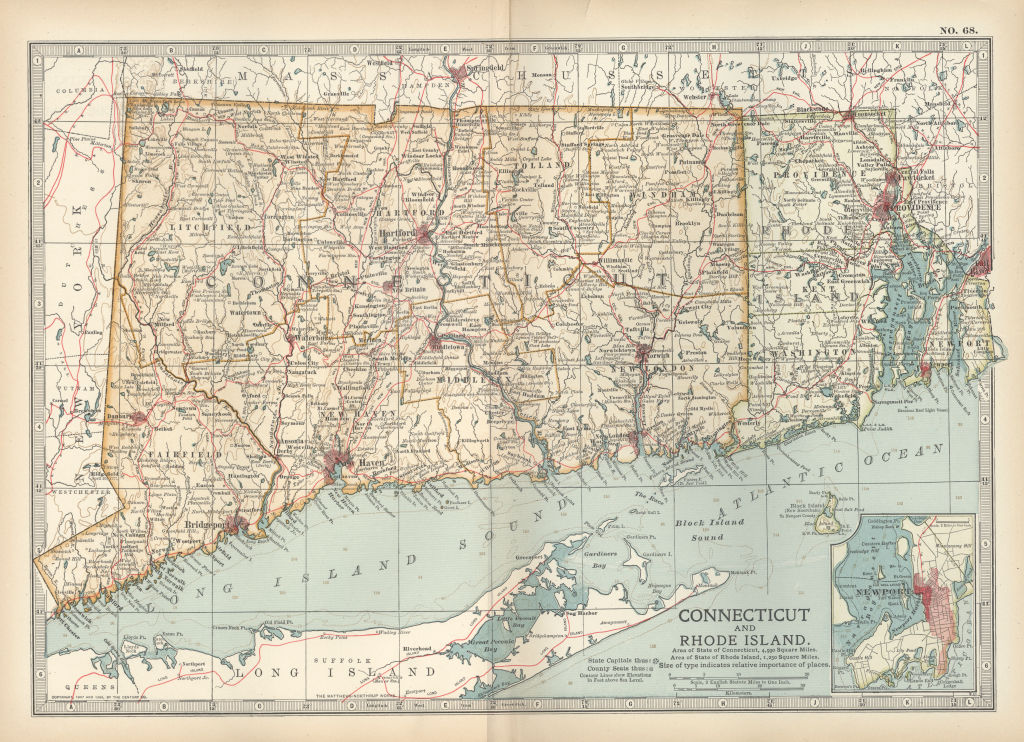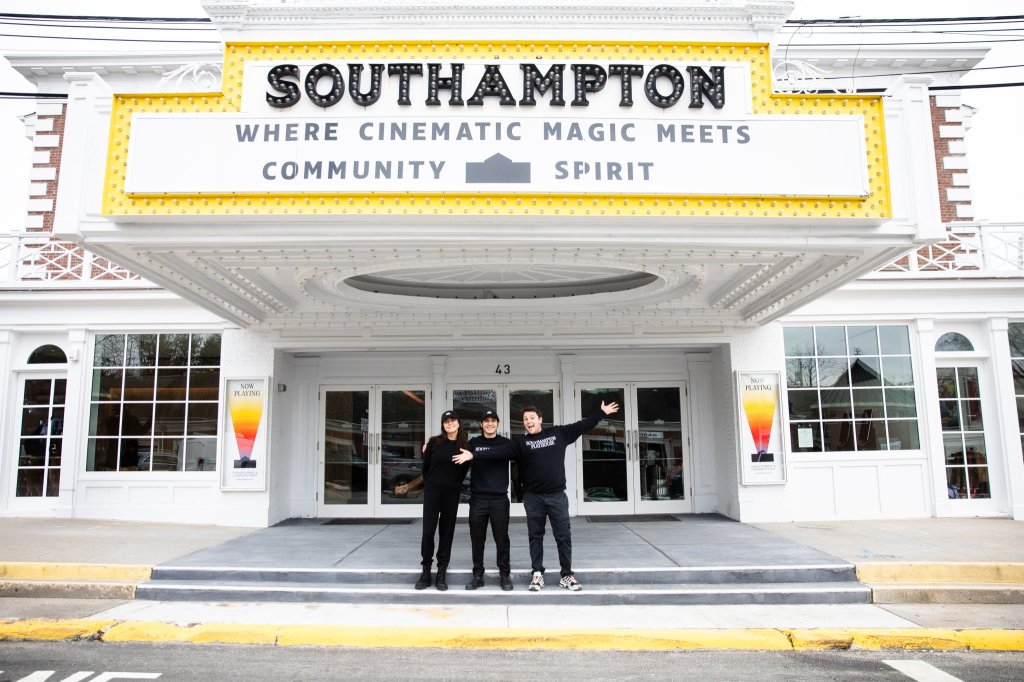Tiger's Bad Day: From Breakfast on the Yacht to the Trip Back, It Didn’t Work Well

On the first day of the U.S. Open last Thursday, Tiger Woods woke up in the morning and looked out a window from his master bedroom to check the weather. He had slept comfortably during the night. His 155-foot-long, 7-bedroom yacht Privacy rocked gently in its slip.
Looking out the window, he observed a chop on the gentle waters of Sag Harbor Bay. Flags and pennants were flapping on the adjacent yachts there. It would be a windy day for golf.
Woods dressed in a light blue shirt and gray pants. He padded along the corridor of white carpets and white silk walls toward the cherrywood breakfast room on one of the boat’s three decks—all three levels connected by elevator. Tiger took the stairs. He passed the six other staterooms, the exercise room, the movie theater, the dining room that seats 12, the scuba decompression chamber and the Jacuzzi. Nine people are on staff. Twenty-one people can sleep on this yacht.
And there, with friends, he had his breakfast. The car would soon pull up alongside the yacht and the driver would board the ship, find him and take him to Shinnecock for an early light lunch. His scheduled tee-off time for this first day of the U.S. Open was 1:20 p.m.
Twelve years earlier, he’d brought this same yacht to a marina in Mamaroneck, Westchester for the U.S. Open at Winged Foot. It hadn’t helped then. But perhaps it would now.
There are a whole host of reasons why everybody loves Tiger Woods. For 15 years, he hit golf balls into cups from distances others couldn’t even get close to. He won again and again, gracious in victory and also gracious in the few times that he came up short.
We all love his smile. His never-say-die attitude. His handsome and youthful appearance. His concentration and focus. He’s won 106 PGA tournaments, and was number one in the world for more than 10 years until felled by back problems around 2010. He was an absolute joy to watch.
And now, after four back surgeries, we are watching for him to make one of his famous charges into the lead for another victory. Those who follow golf know he has been slowly coming back into contention. His world rankings have been improving. In two of this year’s last four tournaments, he finished within striking distance of the leaders.
Hopefully he would come back to his old form here at the U.S. Open, the most important event in golf. Everybody here in the Hamptons is rooting for him. And it’s reflected in the media. This past weekend would be more about Tiger than about the U.S. Open itself. Well, we’d see what he could do.
The Open has been at Shinnecock four times before, with a sixth time already scheduled for 2026.
It was played in 1896 when golf in America was new and Shinnecock was the first incorporated golf club in the country. The course was fairly primitive then. Rough greens. Fairways cleared by the Shinnecock Indians who had built it and were now maintaining it.
In 1986, the U.S. Open was played at Shinnecock again. It was beautifully manicured now, a pleasure to play with its windy views over the hills to almost every horizon. In the 1995 outing, Tiger Woods played it for the first time. He was an amateur, just 20 years old, just out of Stanford, a slender form with a great future, and he was a special favorite with the crowd. He scored better than any other amateur at Shinnecock that day and turned pro the following year.
In 2004, Shinnecock hosted again, and this time it was decided, the year before, to let the course be maintained as it had been in 1897. It was rough to play. The greens were brown. On the last day, not a single person broke par. And there was a lot of criticism from everyone that the U.S. Open Committee had ordered that done.
For 2018, the course was restored to the specifications golf course designer William Flynn had ordered in 1931. That was Shinnecock at its best, people said. Flynn had widened the fairways, cut down some trees, re-created Shinnecock as the “links” it had been intended to be. Restoring it to match the William Flynn improvement began in 2016 and took two years to complete. But then, last September, the U.S. Open did something unprecedented. They came in and changed it again.
They felt Flynn’s course was too easy. As a result, some fairways were narrowed, and thick strips of fescue planting were installed in the resulting rough. The course, usually 7,004 yards, was lengthened on six holes so it now measured 7,440 yards. Also, the greens were made larger, and the slopes of the greens were made more complicated. It would be much harder now.
Tiger Woods was greeted with a standing ovation as he walked to the first tee with the players he was partnered with, Justin Thomas and Dustin Johnson. Go get ’em, Tiger. We’re here for you. You can do it.
The first hole was an easy par four, at 399 yards long considered by many to be the easiest hole on the course. Tiger teed his ball up and hit it smartly, straight down the center of the fairway. A perfect shot for an easy chip to the green. The crowd cheered. Maybe he could make that chip shot one of his usual miracles, getting it right up to the pin for a short putt for birdie. That would get him underway toward a record-breaking score.
The crowd quieted as Woods lined up his chip shot, called a flop shot. He’d hit the ball with a wedge. He reared back and hit it—and it flew over the green, bounced on the apron and rolled down the hill into the crowd.
Oh well. He’d chip his third shot close to the pin. Up it went, and back down the hill it came toward him. He lined up his fourth shot and finally got it on the green. Woods’ next shot, a putt, missed the cup, the crowd was silent. Polite applause greeted him when he finally got it in for a 6. Terrible.
Then Woods teed up for the second hole, a short par three, and he messed up by missing the green. From there he took three putts to get down. In just two holes, Tiger Woods was four over par. The wind was now whistling. And this was not going to go well.
I watched Woods and the other golfers on television this year and as they came in, their rounds concluded, you would have thought that someone had died out there. Nobody was smiling. The course was so hard in the fescue, the wind was so strong and the greens were so tricky, that almost everybody did poorly. Only four golfers broke par, all of them by one stroke. And on one occasion, I think it was on the 18th hole, Woods had hit the ball 320 yards, only to have Thomas hit the ball 422 yards.
“That must be a mistake,” one of the golf commentators said. “Nobody hits that far.”
But it wasn’t a mistake.
The next day, Tiger fell two more shots behind—incredibly, screwing up on the same first and second holes he had screwed up the day before.
And so that was it for Tiger Woods. At the end of that second day, the golfers who were far, far behind—about a hundred of them—were cut and sent home. Tiger, 10 strokes over par, was among them.
Tiger has made $1.3 billion since he turned pro in 1996, according to Golf Digest. He was gracious in defeat and stayed on the sidelines watching matters until Monday when it all ended. And everyone motored home.
The engines pushing Tiger’s yacht collectively create thousands of horsepower. Its top speed is 17 knots. In the end, with the winner Brooks Koepka trophied and paid the $2.16 million for winning, Privacy went off into the sunset, became a speck and disappeared over the horizon.
Tiger’s comeback will have to wait. He was spectacular in flaming out, though. He does everything spectacularly. Which is also why we love him.



